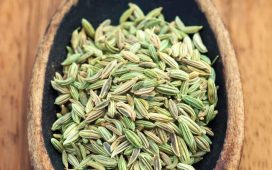Efforts to make senior citizens part and parcel of society is important. Data shows that 33% have depressive symptoms, and 30% low life satisfaction. To ensure their well-being, efforts must be made to improve infrastructure and capacities necessary for supporting health and welfare of the elderly, create evidence-based knowledge repositories for geriatric illness management, enable frameworks and monitoring mechanisms, and implement emergency response systems. The think tank’s reform plan has also called for introducing a reverse-mortgage mechanism to increase liquidity for seniors, mandatory savings plans, and tax and GST reforms on senior care products, while encouraging the private sector to design geriatric health insurance products.
It would be wrong to look at the segment as only family- and state-support system recipients. Thanks to growing affluence and savings culture, they are also a growing consumer class. India’s silver economy is estimated to be about $7 billion. This makes the elderly a distinct set of consumers. Developing this market with targeted products and services will create new opportunities for seniors to live productive lives, which, in turn, will fuel economic growth.







